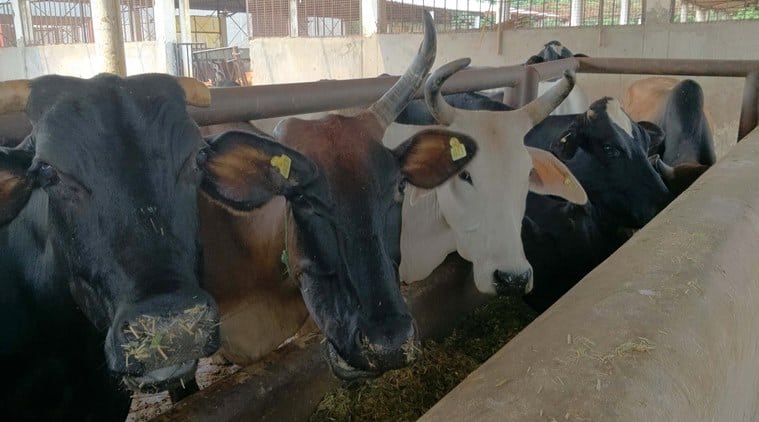
CCMB Study on Molecular Mechanisms of Domestication of, Livestock Development
Scientists at Council for Scientific and Industrial Research (CSIR)-Centre for Cellular and Molecular Biology (CCMB) have been studying genetics of water buffalo for more than a decade, and created tools for studying genomes of domestic buffalo. Prof Satish Kumar, now at Central University of Haryana, and during study at CCMB, and collaborators at the University of Edinburgh have compared the effects of domestication on the genetic makeup (genome) of water buffalo breeds with that of cattle breeds from across the world.
The study, conducted by CSIR-CCMB and published in Nature Communications, shows that parts of genomes of both these species have evolved similarly in response to domestication. These include genes that are associated with milk yield, disease resistance, stature and birth weight. Both these animals were selectively bred by humans and chosen for traits desirable to humans.
The similarities found in their genomes suggest different animals have adapted to domestication in similar ways.
“Studies as this open up ways of finding genes linked with beneficial traits in different species of animals. Genome-editing techniques allow propagating those genes selectively and improve the productivity and health of agricultural animals in low and middle-income countries,” says Prof Kumar. “Millions of agricultural and dairy farmers rely on buffaloes and cattle in India and other Asian countries. With an ever-increasing population, the demand for food will only soar. It is important that we find healthier ways for our cattle and buffaloes to cope with it. Choosing for the appropriate genes through gene-editing or traditional selective breeding – both allow for a very effective way of raising healthier animals,” says Rakesh K Mishra, Director, CCMB. The study was funded by the Department of Biotechnology, the UK Research and Innovation’s Biotechnology and Biological Sciences Research Council and Centre for Tropical Livestock Genetics and Health.
Source: The article is extracted from The Hindu BusinessLine, September 22, 2020.
